After achieving a world record certified efficiency of 16.65% with a tin-based perovskite solar cell, researchers from the University of Queensland (UQ) have announced they will team with Australian cell manufacturer Halocell Energy to drive the commercialisation of the technology.
The UQ research team, led by Peng Chen from the Australian Institute for Bioengineering and Nanotechnology (AIBN), has developed a 2D/3D tin-halide perovskite PV cell that offers a non-toxic alternative to the lead typically used in next-generation solar cells.
Tested under standard illumination conditions, the tin-halide device has achieved a peak efficiency of 17.13% and a certified efficiency of 16.65%, while also showing stable operation under continuous one-sun illumination for more than 1,500 hours.
The research team is now collaborating with Wagga Wagga-headquartered perovskite solar cell manufacturer Halocell to advance the technology beyond the lab and accelerate the commercial production of tin-based perovskite solar panels.
“We’re excited to push our research into the next phase with Halocell, bringing our eco-friendly solar cell technology closer to real world use,” Chen said. “Our prototypes have already shown strong results in the lab, and now the next step is to prove their performance outside these controlled conditions.”
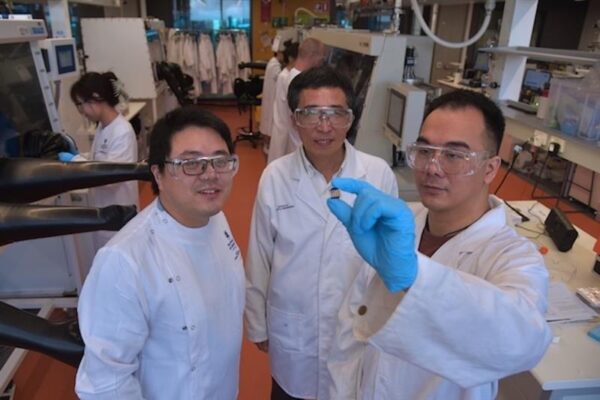
Image: University of Queensland
Chen said the research team has secured a nearly $200,000 (USD 130,000) funding boost through the federal government’s Economic Accelerator Ignite program that will enable it to move beyond lab-based prototypes and to real-world applications.
“Over the next 12 months, we will be testing a range of applications outside the lab, and in both indoor and outdoor environments,” he said.
Halocell Chief Executive Officer Paul Moonie said the collaboration marks a major step toward delivering the next generation of sustainable solar technology.
“This initiative will help create the first generation of lead-free perovskite solar panels, unlocking a multi-million-dollar market in indoor solar cells, portable electronics and smart home applications,” he said.
“We’re thrilled to be part of this project and to help fast-track the transition from cutting-edge research to real-world applications.”
Data published by market researcher Navistrat Analytics shows the global perovskite solar cell market reached almost $385 million (USD 248.7 million) in 2024 and has forecast a compound annual growth rate (CAGR) of 71.5% through to 2032.
“There is a huge demand for solar cells that are cost-effective and efficient to manufacture, but also eco-friendly,” Chen said. “By replacing the heavy metal lead with lightweight tin, we can deliver comparable efficiency and sustainable solar power technology.”
This content is protected by copyright and may not be reused. If you want to cooperate with us and would like to reuse some of our content, please contact: editors@pv-magazine.com.
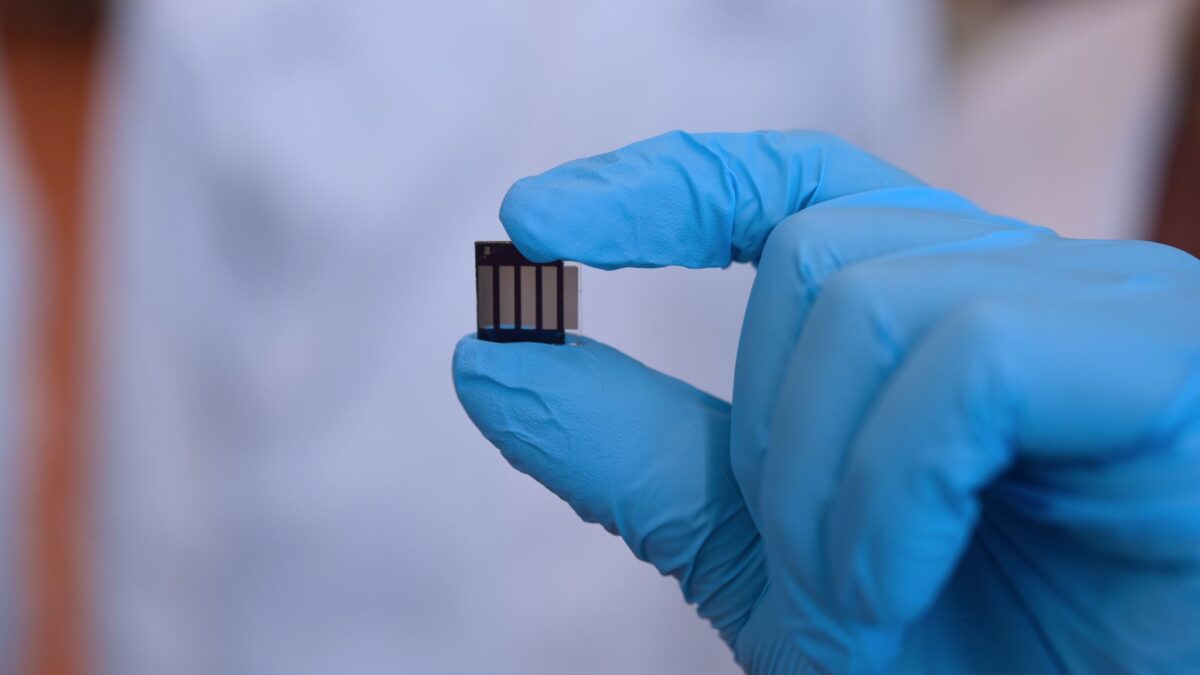
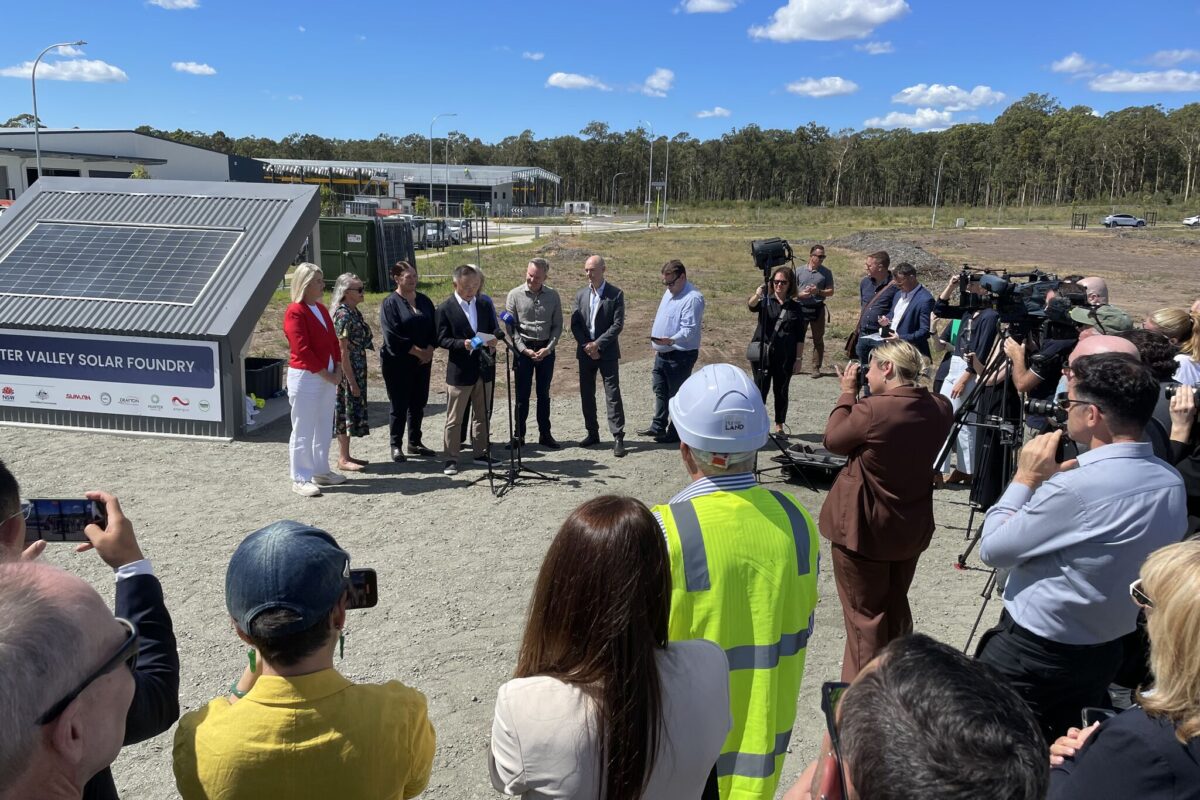



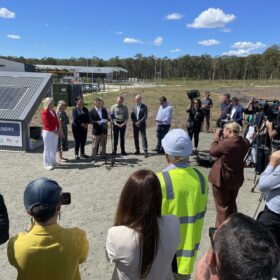
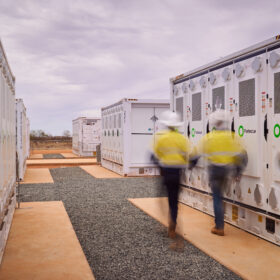
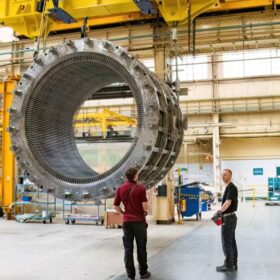

1 comment
By submitting this form you agree to pv magazine using your data for the purposes of publishing your comment.
Your personal data will only be disclosed or otherwise transmitted to third parties for the purposes of spam filtering or if this is necessary for technical maintenance of the website. Any other transfer to third parties will not take place unless this is justified on the basis of applicable data protection regulations or if pv magazine is legally obliged to do so.
You may revoke this consent at any time with effect for the future, in which case your personal data will be deleted immediately. Otherwise, your data will be deleted if pv magazine has processed your request or the purpose of data storage is fulfilled.
Further information on data privacy can be found in our Data Protection Policy.